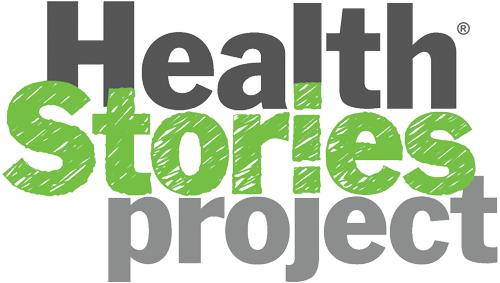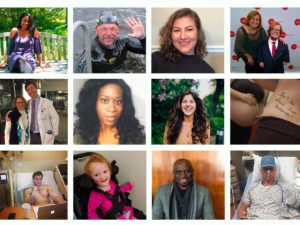For many years, Megan’s multiple physical and mental health conditions have proven difficult to treat with standard medications. As a result, she has found alternate ways to find relief and peace. Here she shares some of what she has experienced and how she’s learned to not just cope, but to thrive.
Decades of Diagnoses with No Solutions and Difficult to Treat Conditions
I have had difficult painful depression and anxiety since childhood. I am now in my mid-to-late fifties. I am what gets called “treatment-resistant,” as though pharmaceutical medications are the only viable treatment.


I’ve been on almost everything out there at one point or another over the decades. TMS (transcranial magnetic stimulation) did not work, unfortunately. Ketamine treatments, though extremely expensive, brought me from an extreme low of one or two up to a five out of 10. When I plateaued there, I had to stop.
In my early 50s I realized I had a very uncommon humiliating, distressing, painful and embarrassing (and still perplexing to the experts) condition called PGAD (persistent genital arousal disorder).
Fibromyalgia has come on for decades, I can see in retrospect, but [has] only begun affecting me significantly within the past five or so years. I [also] identify strongly with cPTSD (complex post-traumatic stress disorder).
I have always sought how to be happy, living a normally functional, emotional pain-free life so that I could thrive. Survive, and then thrive.
The trickiest [aspect of living with these conditions] is perhaps deciphering what is what sometimes. Is the exhaustion from intense anxiety and depression, or is it the fibro, or simply from the sleep deprivation related to both the PGAD and the other two [conditions]?
Alternatives to Medical Treatment
Being in nature seems to help calm my nervous system and connect me to Spirit, so is a great source of comfort. [Also] online groups of people who understand conditions many others don’t and certainly the very small number of dear friends I can talk about any of this with. Guided visualization meditations can help. Asking for help when I can get myself to.
I have a sweet beagle boy who is also a great comfort along the lines of being a completely untrained but nevertheless highly skilled emotional support animal.
I have to stay connected to myself and others, and generally speaking, have found a supportive counselor to be a necessity. I have to keep taking basic care of myself and not let my self-care slide too much.



Getting out every day if possible, exercising [and] trying despite insomnia to keep some kind of a regular schedule is a huge challenge, but important. Not isolating and keeping up with dear family and friends. Trying to remember to be around people who feel like sunlight. Journaling. Stretching exercises for the PGAD. Relaxation techniques are ameliorating for all of it.
Affirmations & Suggestions
I’d like to inspire others to remember there are still many moments of great beauty in life. That sounds Pollyanna-ish and trite, but I know that the more I can center on the things I truly feel grateful for, the better I feel both physically and emotionally.
Ask for help. Be persistent in devotion to your own self-care. You are worth it!
Megan J.
Arlington, VA
Living with major depression and anxiety, cPTSD, ADD, fibromyalgia, PGAD, scoliosis
This post discusses mental health, for additional resources and support we encourage you to visit NAMI, the National Alliance on Mental Health.
Have you experienced resistance to medical treatment, found effective alternatives to medication or have difficult to treat conditions? The community would love to hear your story.

